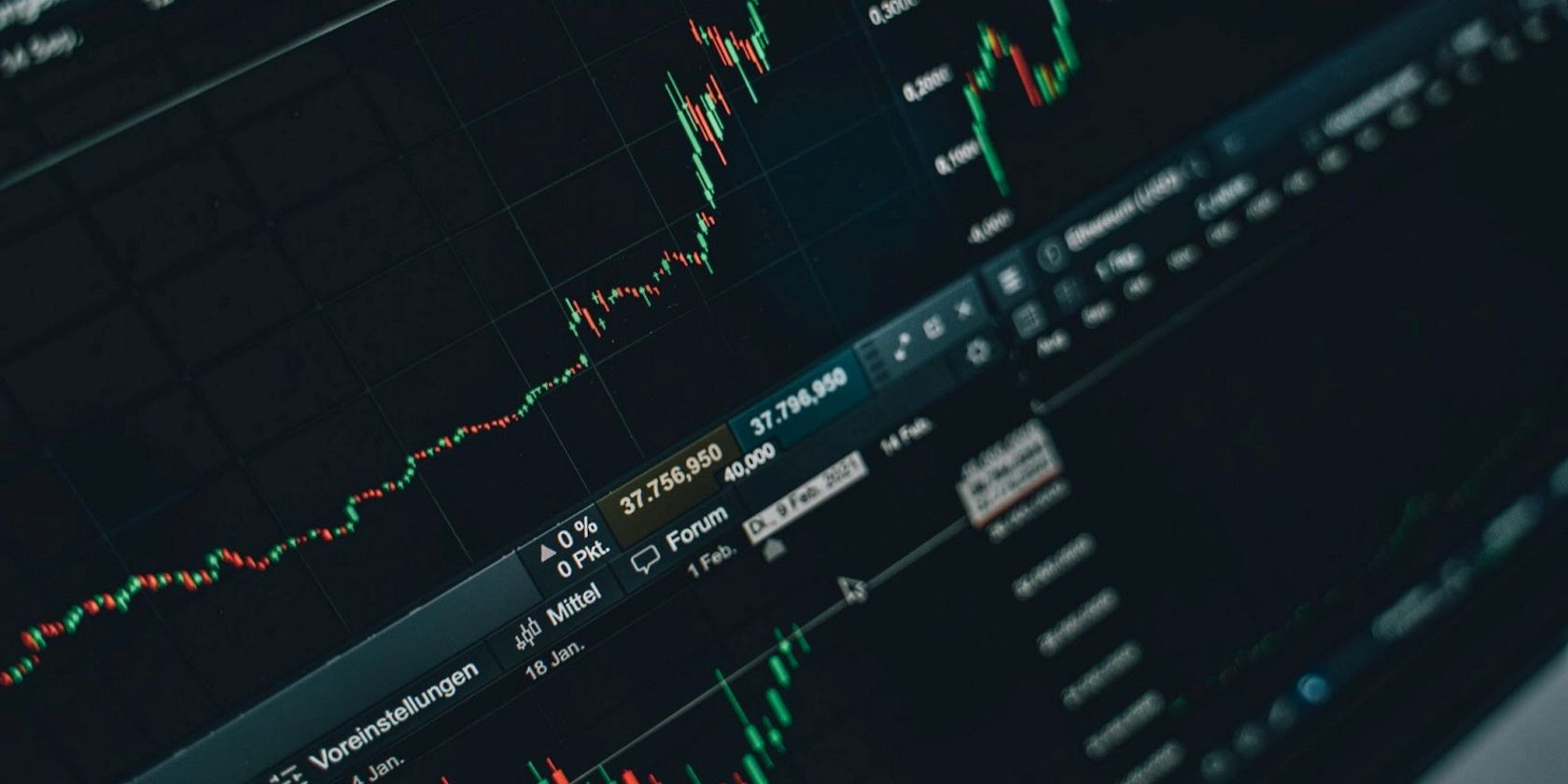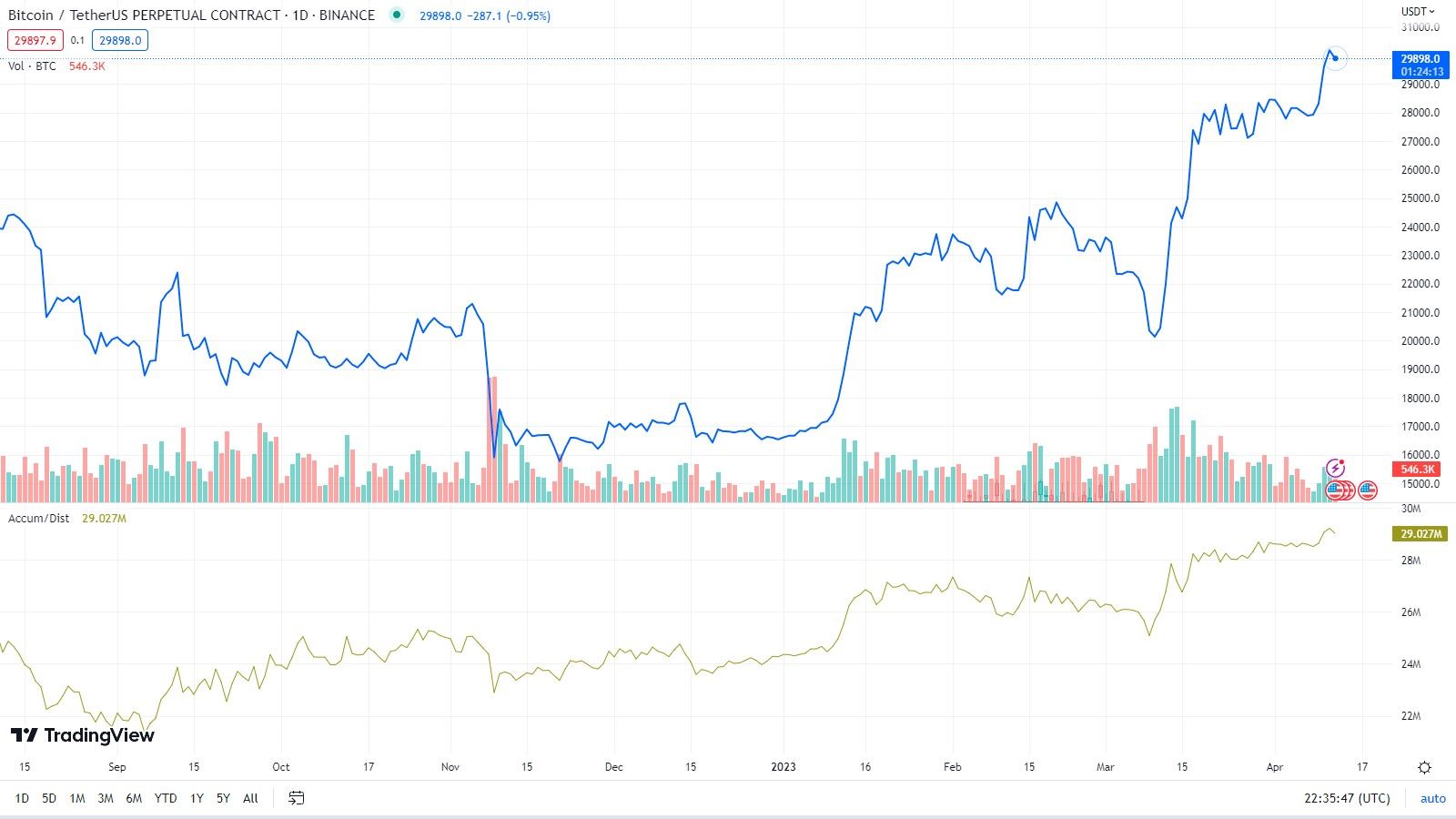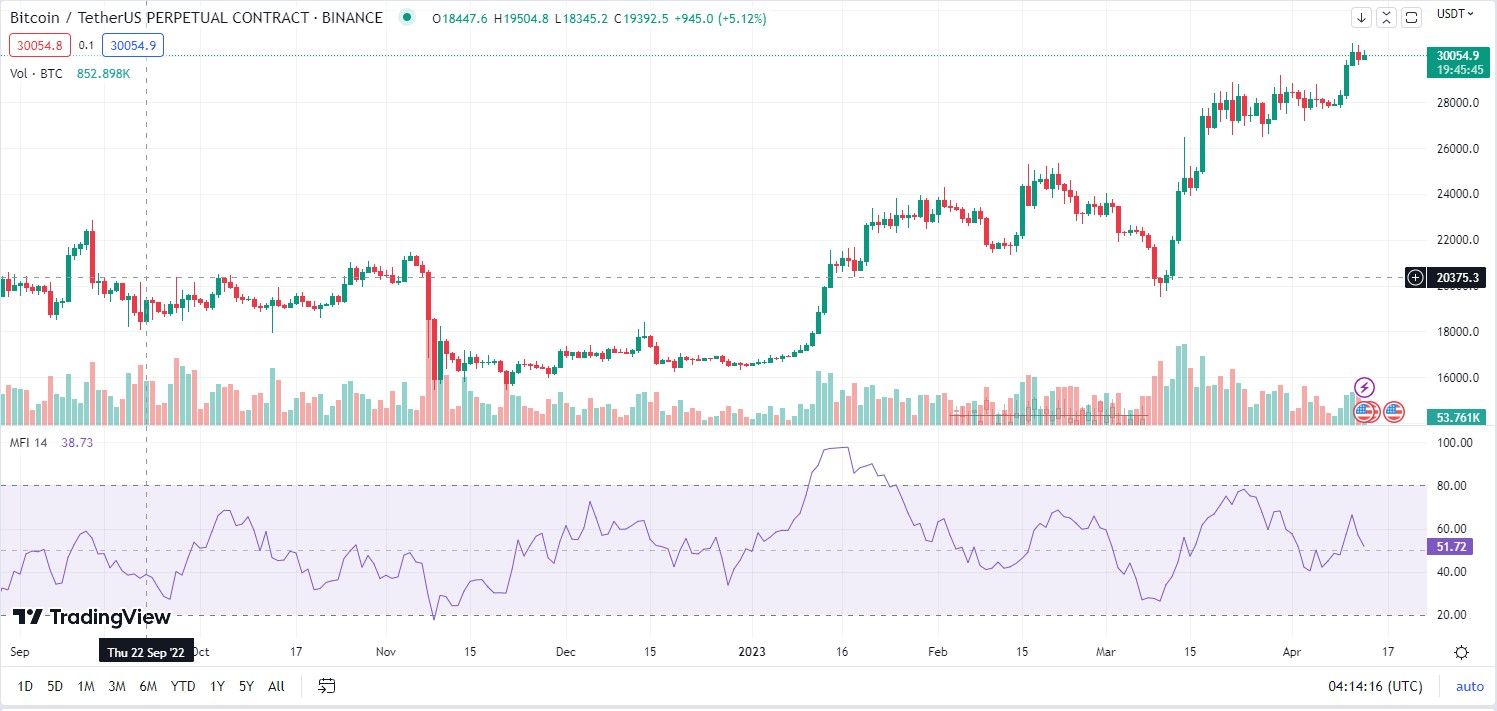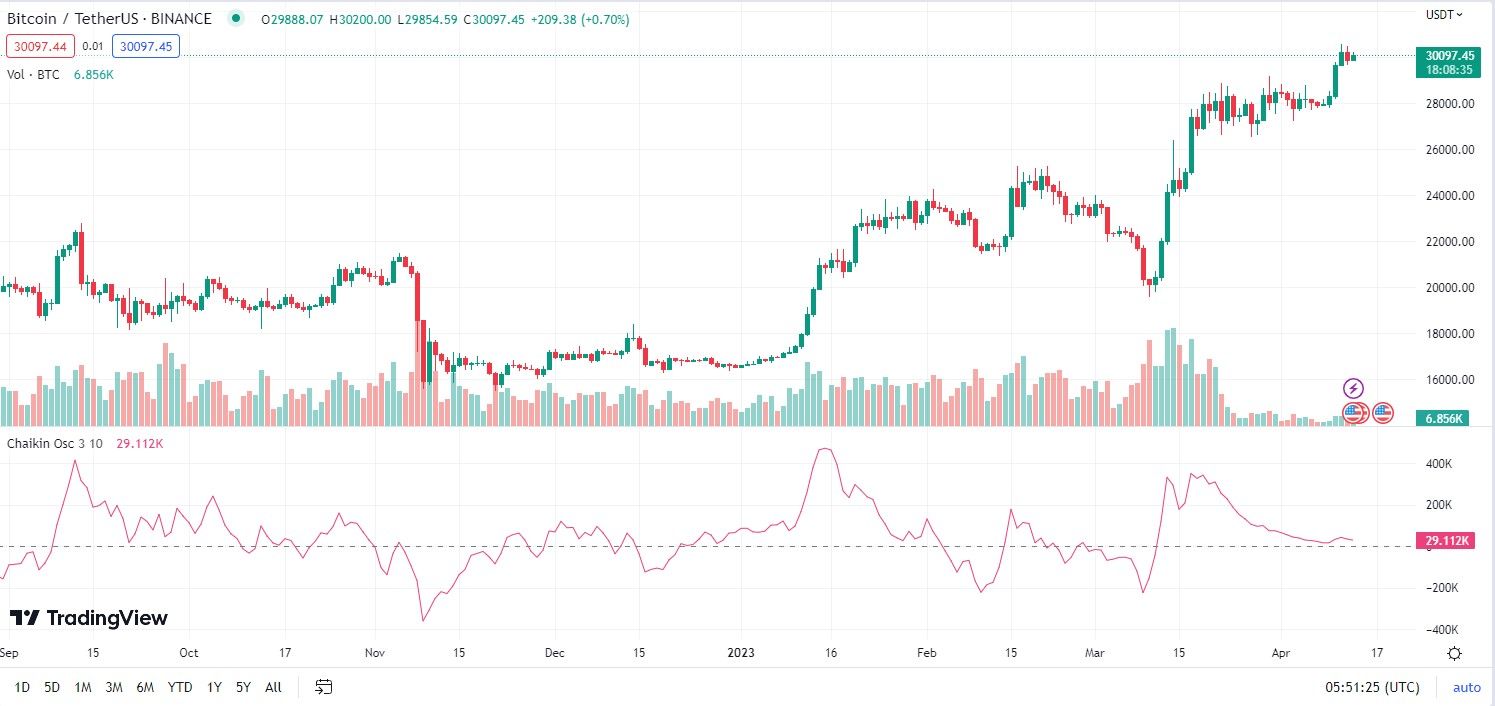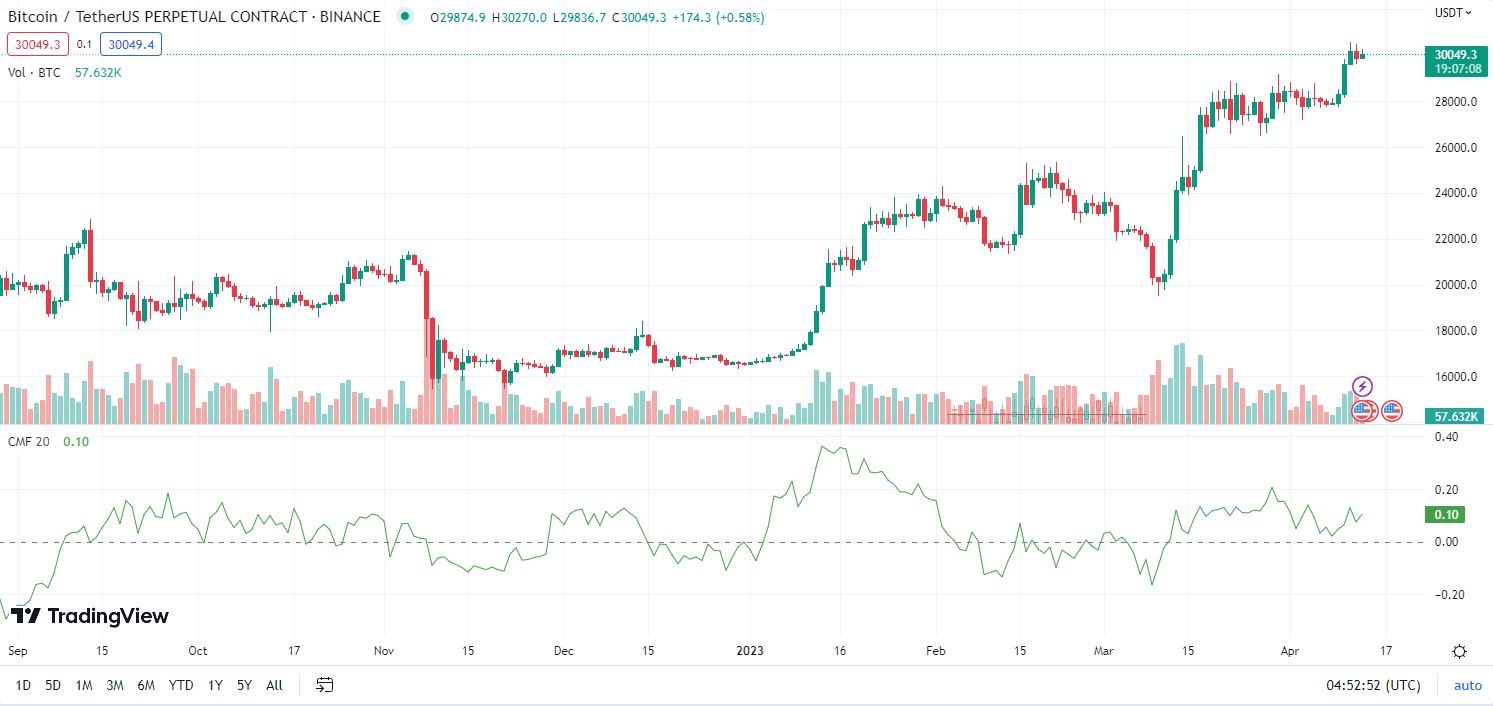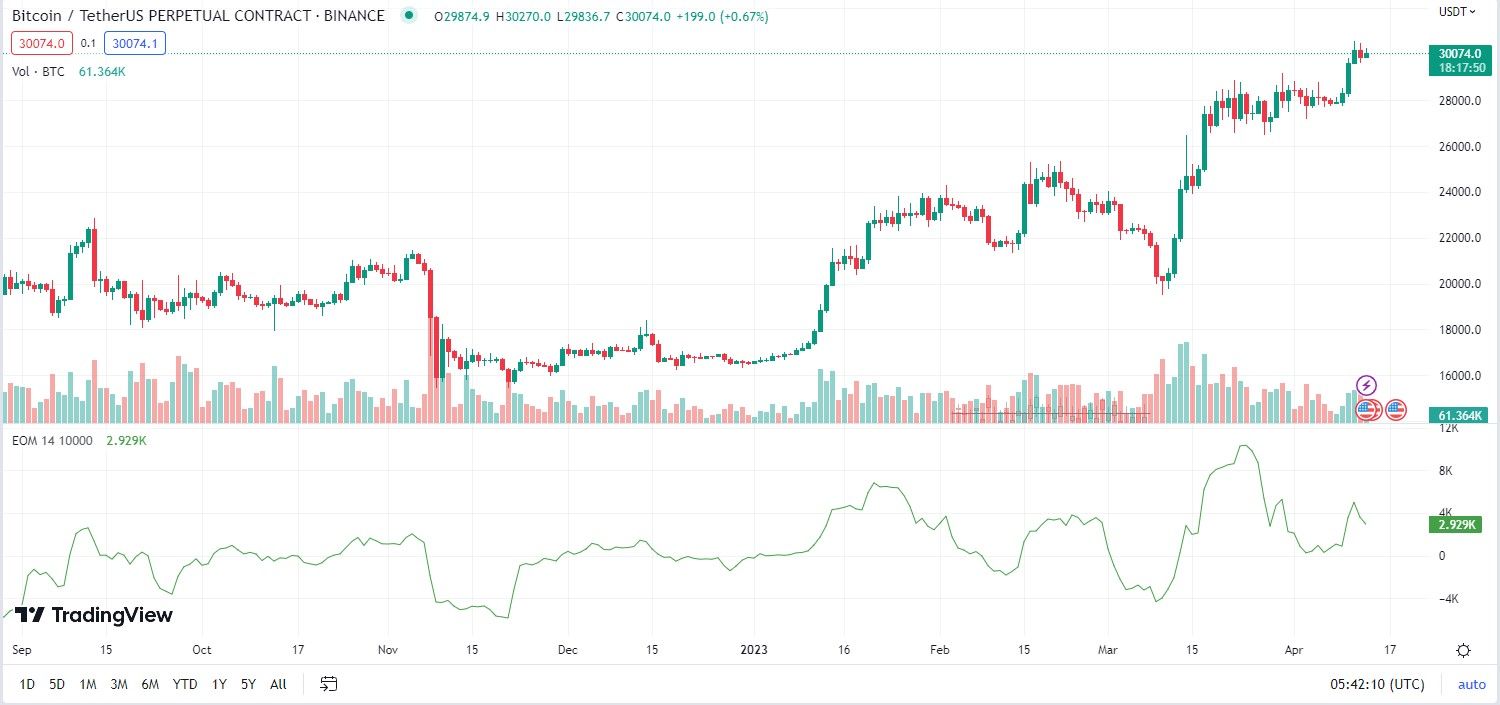Cryptocurrencies are notoriously volatile and risky assets, which makes trading them challenging. To navigate this market, it is essential to do technical analysis using various indicators.
Among these indicators, trading volume indicators play a significant role in providing insights into market trends, reversals and the overall potential of a coin in the market. So, let’s discuss trading volume indicators and introduce six of the most useful ones that can help you become a successful crypto trader.
What are trading volume indicators?
Technical analysis of cryptocurrency has many categories that provide insight into various aspects of a cryptocurrency. One of the critical indicators among them is the volume indicator, which depends on the trading volume, that is, the total amount of cryptocurrency traded over a certain period of time.
Using volume indicators in trading offers several advantages. These are the ideal measuring tools to determine the future price of a digital asset. These indicators show market trends and inform you about their strength.
In addition, volume indicators allow you to monitor the liquidity of a coin in the market and gain insights into market outlines and accumulation trends. So, these are some of the most popular and valuable volume indicators in the crypto market.
1. On-Balance Volume (OBV)
On-Balance Volume is one of the oldest trading indicators in the financial markets, devised by Joseph Granville, a stock market forecaster in 1963. OBV uses the flow of funds (or volume) to indicate and predict price fluctuations for stocks or other assets. In simpler terms, OBV compares the total volume of an asset to its price.
To calculate OBV, add or subtract the current trading volume from the previous OBV value. The addition of the previous OBV and trading volume is necessary when the cryptocurrency price closes higher than the previous day. On the other hand, you subtract the trading volume if the cryptocurrency closes at a lower level than the previous day.
OBV is a momentum indicator that allows you to use changes in volume to identify price trends for any asset. It provides insights into investor sentiment, allowing you to predict upward or downward trends. It also provides more useful signs compared to volume histograms.
2. Accumulation/Distribution Line
The accumulation/spread line is another effective volume indicator for cryptocurrency traders. It takes into account cumulative volume and money flow, making it a valuable tool for tracking the flow of money into or out of a crypto project. To calculate A/D, simply add the previous A/D to the current cash flow volume.
So how do you interpret the distribution line? Well, interpreting it is simple, as trends only depend on the direction of the line. An upward line direction indicates a bullish trend, while a downward direction indicates a bearish trend for the sign.
Furthermore, ADL can alert you to a potential trend change and provide insight into future price movements. It can also detect negative and positive divergences between volume and price, providing clues to uptrends or downtrends.
3. Money Flow Index (MFI)
The Money Flow Index (MFI) is considered one of the best indicators for evaluating trading pressure for a cryptocurrency in the market. The MFI considers both price and time to analyze buying or selling pressure in the market.
The working mechanism of the MFI indicator is similar to using Relative Strength Index (RSI), but the main difference is volume. Sometimes this indicator, also called volume-weighted RSI, can provide insight into volume fluctuations.
The MFI is essentially a line that ranges from 0 to 100, with higher values indicating higher buying pressure. When the indicator rises to the 80 to 90 mark, it can be a sign of overbought in the market. Similarly, when the MFI line approaches 10 or 20, it can indicate the oversold of the cryptocurrency.
4. Chaikin Oscillator
Another way to analyze the volume of a digital asset is by using the Chaikin Oscillator indicator, developed by Mark Chaikin. This measurement tool allows you to measure the ADL momentum by drawing a line that follows positive and negative fluctuations in the price of a cryptocurrency.
To draw the Chaikin Oscillator line, you need to find the difference between long-term and short-term exponential moving averages (EMA). You can do this by subtracting the 10-day EMA from a 3-day EMA, so you can discover the convergence and divergence in the ADL momentum.
The Chaikin Oscillator is a strong indicator for traders to use for trend forecasting. It can easily detect variations in momentum and can be used to predict trend reversals.
5. Chaikin Money Flow (CMF)
The Chaikin Money Flow (CMF) oscillator is another technical analysis indicator designed by Mark Chaikin. This indicator measures the money flow volume of a coin for a specific period of time, indicating the total flow of funds in a crypto project and detecting buying and selling pressure. Using this measure, the CMF can evaluate changes in trade pressure.
The CMF shows the fluctuations in trading pressure through a value ranging from 1 to -1. When the CMF is 1, it indicates higher buying pressure. Similarly, when the CMF’s value is -1, it means increasing selling pressure. The indicator is very valuable for quantifying variations in trading pressure and predicting future trends.
6. Ease of Movement (EOM)
Ease of Movement (EOM) is an important oscillator for crypto technical analysis. It measures how easily a cryptocurrency can be moved based on average volume trends. The indicator is ideal for cryptocurrencies as it accounts for volatile market behavior, allowing crypto traders to predict trends without worrying about fluctuations.
A high and positive value for EOM indicates that the crypto price is increasing with low volume. Likewise, a negative value indicates a falling price on low volume. Ideally, you should use EOM as a secondary indicator in conjunction with various other indicators such as moving average, RSI, or others.
Use volume indicators for technical analysis
Trading volume indicators play an important role in technical analysis as they provide valuable insights into market trends by analyzing trading volume. Incorporating these indicators into your trading strategies can help you make informed decisions about market conditions, investor interest, trading pressure and future trends.
However, it is crucial to note that volume indicators and other fundamental and technical analysis indicators should be used for a more comprehensive approach to trading.
Disclaimer for Uncirculars, with a Touch of Personality:
While we love diving into the exciting world of crypto here at Uncirculars, remember that this post, and all our content, is purely for your information and exploration. Think of it as your crypto compass, pointing you in the right direction to do your own research and make informed decisions.
No legal, tax, investment, or financial advice should be inferred from these pixels. We’re not fortune tellers or stockbrokers, just passionate crypto enthusiasts sharing our knowledge.
And just like that rollercoaster ride in your favorite DeFi protocol, past performance isn’t a guarantee of future thrills. The value of crypto assets can be as unpredictable as a moon landing, so buckle up and do your due diligence before taking the plunge.
Ultimately, any crypto adventure you embark on is yours alone. We’re just happy to be your crypto companion, cheering you on from the sidelines (and maybe sharing some snacks along the way). So research, explore, and remember, with a little knowledge and a lot of curiosity, you can navigate the crypto cosmos like a pro!
UnCirculars – Cutting through the noise, delivering unbiased crypto news
